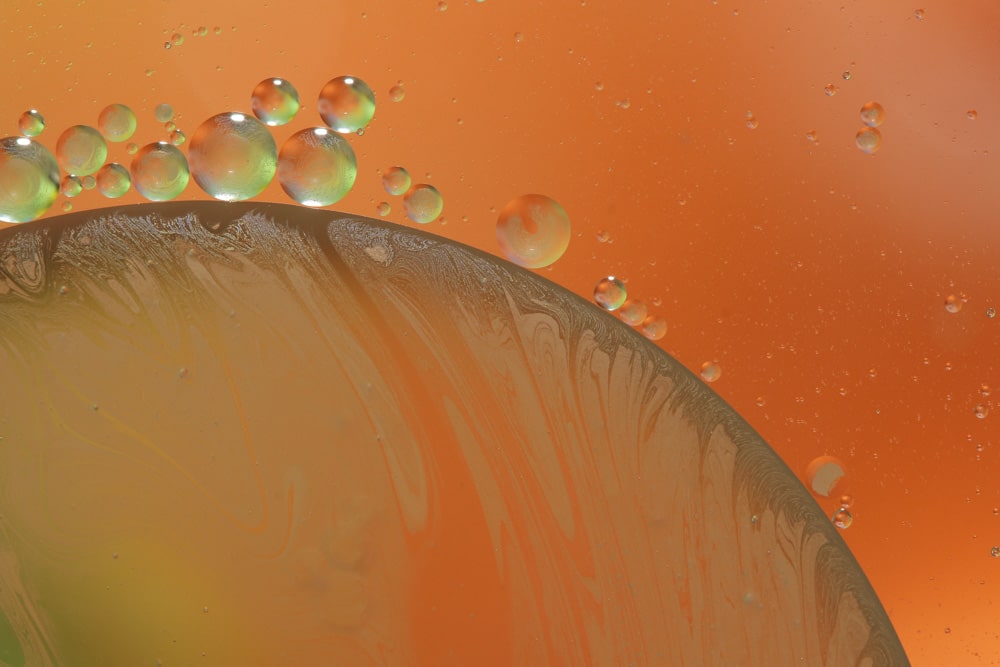Spotter’s Guide to Protein Tags

Protein tags are invaluable tools for the modern biologist, particularly if you work on one of the 99% of proteins for which there isn’t a nice antibody readily available. If you want to purify large amounts of your protein of interest, detect it by western blot or fluorescence microscopy, or identify its potential binding partners, chances are you will want to use some form of fusion protein. Here, I detail some of the most common protein tags you might encounter.
Epitope tags
Epitope tags are short peptide sequences that are readily recognised by antibodies. Their small size means they are relatively unlikely to have a serious effect on the structure of the final fusion protein. Several epitope tags may be added in tandem to generate larger (but still relatively small) tags that can be detected by antibodies with high sensitivity. Because they are specifically selected for their interaction with antibodies, excellent monoclonal antibodies are commercially available for these tags, making them particularly suitable for western blotting and immunofluorescence experiments. They can also be used for co-immunoprecipitation.
- FLAG was the first epitope tag to be characterised. The tag has the sequence DYKDDDDK and has been patented by Sigma-Aldrich.
- Myc is derived from the human proto-oncogene c-myc. The epitope has the sequence EQKLISEEDL. Several excellent monoclonal antibodies are commercially available. I have found clone 9E10 particularly useful.
- HA is from human influenza haemagglutinin, and has the sequence YPYDVPDYA. Again, there are several commercially available monoclonal antibodies, for example 12CA5.
- PK (also known as V5) is typically a 14 amino acid epitope (GKPIPNPLLGLDST) Sometimes a shorter tag is used (9 amino acids- IPNPLLGLD). The peptide was originally identified from the P and V proteins of the paramyxovirus simian virus 5 (SV5).
Affinity tags
These are typically larger than epitope tags, and are used to purify proteins from cell lysates. As their name suggests, affinity tagged proteins (and, potentially their binding partners) can be purified via an immobilised substrate. Reasonable antibodies to these tags are commercially available, allowing you to detect your purified protein.
- Glutathione-S-transferase (GST) tags allow proteins to be purified using beads coated with its substrate, glutathione, which it binds with high affinity. Recombinant proteins can then be eluted with a buffer containing free glutathione. The GST tag adds approximately 26 kDa to your protein.
- Maltose-binding protein (MBP) tags are relatively large, with a mass of around 40 KDa. MBP tags are often used as they can increase the solubility of fusion proteins. MBP fusion proteins can be purified on amylose resin, and eluted using buffer containing free maltose.
- Poly-Histidine (His) tags are typically much smaller than other affinity tags, consisting of a few (typically six) Histidine residues. This makes it very easy to incorporate His tags into your expression vectors, as it only requires you to insert 18 bp of DNA sequence, either after the START codon, or immediately preceding the STOP. His-tagged proteins can be purified using immobilised nickel, cobalt or zinc ions, and eluted using EDTA or imidazole. An added benefit of His-tagged proteins is that, unlike the other affinity tags discussed here, His tags do not need to form any kind of secondary structure to bind their substrate. This means you can purify proteins under denaturing conditions, which is handy if you are having issues with protein solubility. Several kits are available for purifying His-tagged proteins in native, denaturing or hybrid conditions (for example the Ni-NTA system from Invitrogen).
- Tandem affinity purification (TAP) tags involve two different affinity tags separated by a peptide sequence recognised by a specific protease. This allows you to perform two separate affinity purification steps, making this technique particularly suitable for purification of proteins and complexes from physiological systems. TAP-tagging is described in more detail here.
Fluorescent tags
These tags have revolutionised fluorescence microscopy over the last 20 years or so. Unlike other fluorescent markers, fluorescent proteins are non-toxic, so can be used to detect tagged proteins in live, as well as fixed, cells.
Green fluorescent protein (GFP) was the first fluorescent protein to be identified. Originally from the jellyfish Aequorea victoria, GFP is an approximately 27 kDa protein which emits green light when illuminated with blue or UV light. For more detail, see this excellent introduction. There are many GFP derivatives available, with varying emission and excitation spectra, allowing different combinations of green, yellow, cyan and red fluorescent fusion proteins to be visualised in the same cell.
In my experience, commercial anti-GFP antibodies are usually not nearly as useful for protein purification as compared to other protein tags. Chromatek make a reagent called GFP-trap, which I have found useful for purifying GFP-tagged proteins from extracts. GFP-Trap uses a fragment derived from a camel anti-GFP antibody, coupled to beads. This allows high-affinity purification of GFP fusion proteins, and can be used for Co-IP.
Hopefully I’ve given you an introduction to some of the most commonly-used protein tags available. This is my no means an attempt at a comprehensive list. If there are any important tags that you regularly use, please add a brief description in the comments below.
1 Comments
Leave a Comment
You must be logged in to post a comment.
Hi, I’ve been reading your posts lately and they have helped my understanding of the fundamentals of molecular biology greatly. I really do appreciate it.
I am wondering if there is any way to predict which protein tags would be better for a certain protein of interest and also determine whether C-term would be better than N-terminal tagging?
For example, if there is NLS sequence towards the C-terminus, is there a way to predict which tag would potentially interfere with its function more than other tags?
Thank you so much!